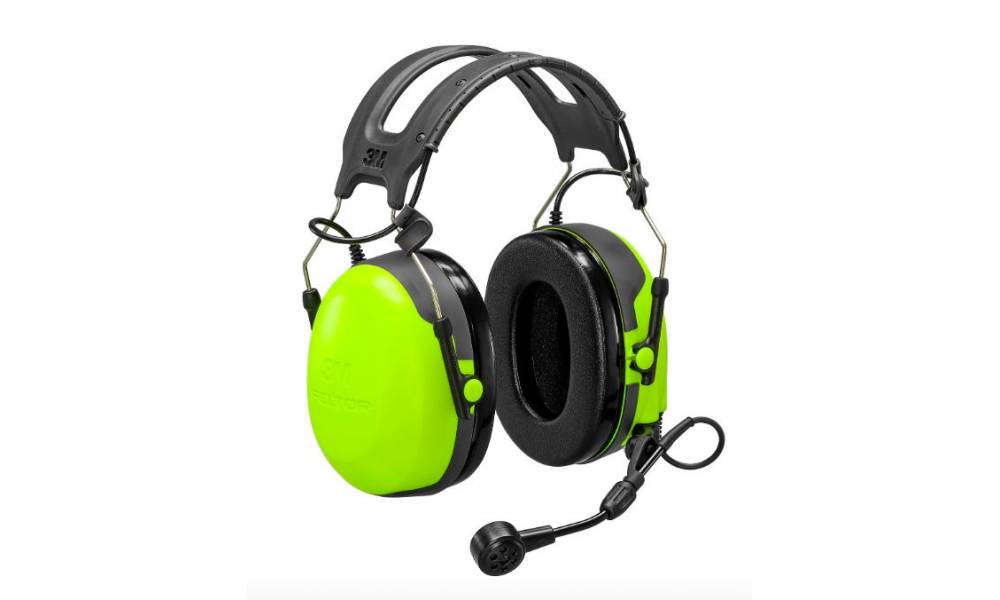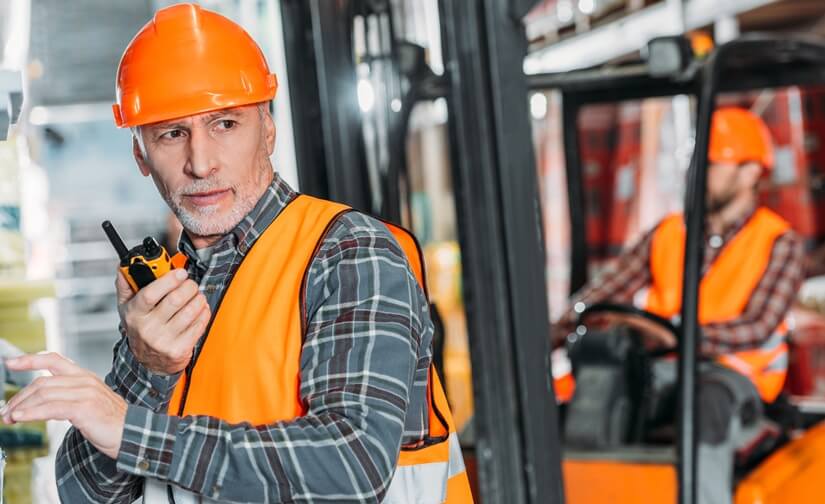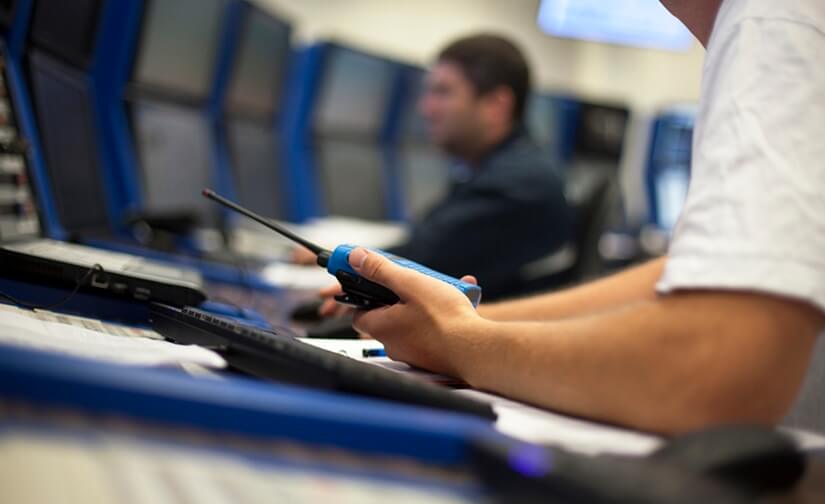Museums are an exciting place to visit if you’re a guest; however, for security workers, it can be rather stressful, especially if you are talking thousands or even millions of pounds (or Euros) worth of art that has to be guarded at all times.
In order to maintain sufficient protection, security needs to be equipped with the right tools for the job, there is no room for error, especially when the most sentimental or prized cultural assets are at stake. Security does often deal with some unexpected scares or situations such as accidents, albeit they do happen, but prevention is the best cure! Accidents such as children touching or falling onto sculptures or spills that could possibly cause serious damage to an artwork piece is a frightening idea, which is why security needs to be on their guard at all times. The only sufficient way to do this is with good solid communication between peers. Vandalism or theft is rare, but security workers can never be too cautious. When it comes to valuable items, prevention is far better than recovery, which can be extremely costly.
Better security equals better visitor experience
- Panic
For a better experience, when visiting a museum, visitors expect a smooth operation; they certainly do not want to be faced with the inevitable, even if it’s happening around them! Panic needs to be kept low-key and between Security workers, not a broadcasted incident that is visible to all! Two-way radio control ensures communications maintain at a discreet level, between staff, and not to impact on one’s museum experience.
- Confidential
In museums, a lot goes on behind the scenes; confidentiality with regards to safeguarding, security protocol, and sensitive information has to be communicated discreetly and quietly. Visitors are there for the experience and shouldn’t be faced with anything that is potentially high risk so much so it could put the museum in jeopardy, it’s not good for their experience and certainly not good for the museum.
- Areas of interest
During a museum experience, it’s not just the tour of the monumental artwork and displays that have to be monitored by staff; workers also have to have to keep a close eye on all other areas in order to be able to fish out any suspicious or risky activity from the onset. Two-way radio communication is viable when all areas are equipped appropriately, starting from the front desk. If everyone including groundskeepers, cleaners, gift shop workers, events coordinators, tour operators, cashiers, cafe and restaurant staff as well as the security guards are equipped with an walkie talkie, it ensures a good solid communication pattern between all areas, and it offers the utmost security as well as better visitor experience at the museum.
Museums want to ensure the visits are enjoyable, safe, and secure for all visitors as well as employers and walkie talkies like the Motorola XT180 twin pack are a great asset to help achieve that.





